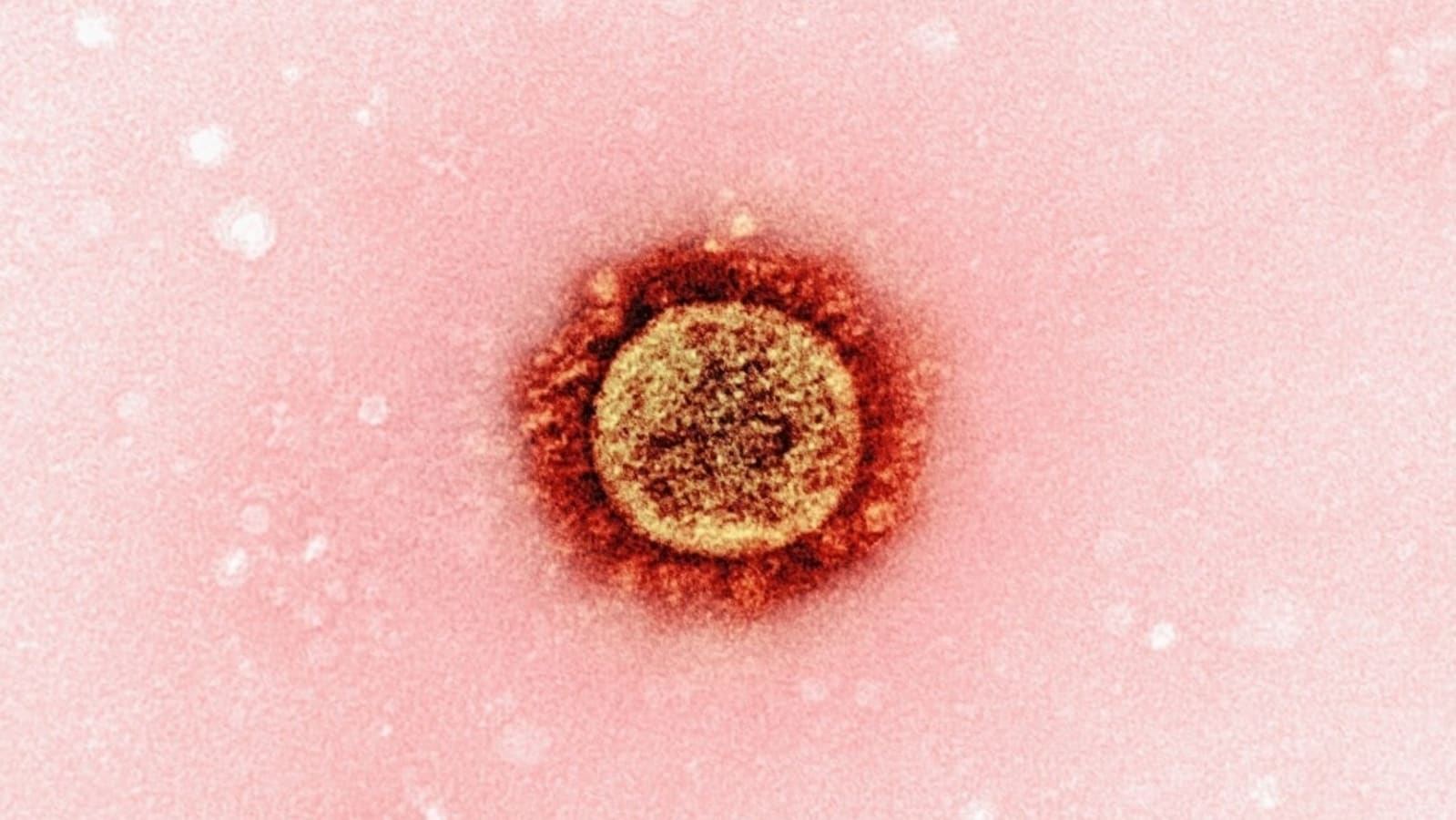Skin cancer is a significant public health concern in India which has seen rising trends in recent years. Despite being less common in India than in Western countries due to the high melanin content in the skin, the country is part of the rising global surge in the disease, due to factors like prolonged exposure to UV rays and the challenges of early detection.
There are 3 types of skin cancer – basal cell carcinoma (BCC), squamous cell carcinoma (SCC), and melanoma. Each appears different on the skin with melanoma being the most dangerous.
Board-certified dermatologist Dr Asha Patel Shah revealed the tell-tale signs of identifying each kind of skin cancer along with the skin abnormalities that you shouldn’t ignore, in an interview with New York Post. She has also provided a guide with steps to carry out a self-examination and the ‘ABCDEs’ to keep in mind. Skin cancer is one of the most preventable forms of cancer. Follow Dr. Patel Shah’s guidelines to ensure a cancer-free future for you and your family.
Also Read | Oncologist says ‘don’t ignore mouth sores or patches’ as oral cancer rises in young adults; shares key prevention tips
How to identify skin cancers?
According to Dr. Patel Shah, skin cancer can appear as harmless-looking lesions or patches and conducting regular self-examinations is key to early detection and subsequent treatment.
Basal Cell Carcinoma appears on the skin as a shiny, pink or flesh-coloured nodule or bump with visible blood vessels, or a sore that won’t heal. BCC develops in the deepest layers of the epidermis, originating from basal cells, and is the most common form of skin cancer, according to the Cleveland Clinic.
Squamous Cell Carcinoma develops from squamous cells in the upper layers of the skin that are exposed to the sun. It can appear as a firm bump, or flat, scaly sore or rough patch that can vary on colour from pink, red, black, brown or even the same colour of skin, as per the Mayo Clinic.
Melanoma is the deadliest form of skin cancer that develops in melanocytes, the pigment-producing cells of the skin, according to the Mayo Clinic. It shows up as dark, unevenly pigmented spots or pink, red or skin-toned lumps.
Self-examination guide
“I would suggest starting with a baseline skin self-exam done at home (and with assistance from a mirror and/or partner) to really learn the patterns of your own skin,” Dr. Asha Patel Shah said to New York Post, “That way, when something changes, you can compare it to your own known baseline.” She mentions that it is important not to overlook any areas of the skin during a self check, which includes areas like the scalp, genitals, palms, underneath the fingernails and breasts, and between your fingers.
It is tricky to identify skin cancers from innocent lesions, hence its useful to keep in mind the ‘ABCDEs’ of skin cancer while performing a self exam, as stated by the dermatologist:
- Asymmetry – One half of the lesion looks different from the other.
- Border – The edges of the lesion or mole are poorly defined or irregular.
- Colour – Colours of the moles are irregular, or there are multiple colours in a single mole.
- Diameter – The width is about the size of a pencil eraser, larger than ¼ inch.
- Evolving – The shape, size and colour of the lesions change over time.
If you notice something abnormal or akin to the above descriptions, send a photo to your doctor immediately. The dermatologist suggests to carry out self examinations every month, especially for those who have previous or family history of skin cancer, a history of abnormal moles or immunosuppressed patients. A yearly dermatologist visit should be mandatory for those more at risk.
Also Read | Tannishtha Chatterjee diagnosed with stage 4 oligometastatic cancer: AIIMS oncologist explains what it is, treatment
Abnormalities to note
Warning signs to watch for include sores or scabs that refuse to heal, rough patches in sun-exposed areas that stay dry despite moisturizers, fast-growing painful lumps, persistent wart-like growths, irregular pigmented spots, unusual lesions on palms or soles, dark streaks under the nails, or skin that constantly itches, bleeds, or feels tender. In rare cases, even widespread eczema-like rashes that don’t respond to treatment may signal a form of skin cancer unrelated to UV exposure.
Note to readers: This article is for informational purposes only and not a substitute for professional medical advice. Always seek the advice of your doctor with any questions about a medical condition.
